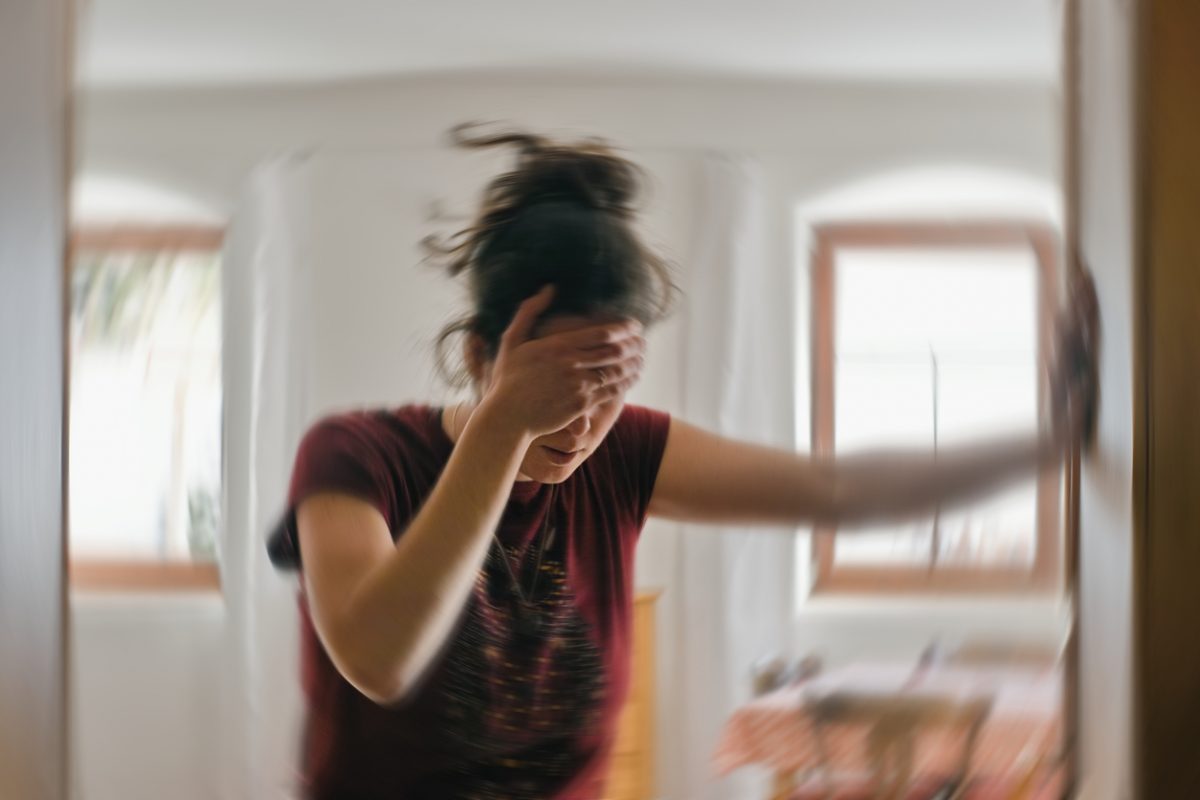Objective: Restless legs syndrome (RLS) is a distressing sensorimotor disorder with a 5% to 10% prevalence in the United States and Western Europe. The nocturnal occurrence of symptoms often leads to severe sleep disturbances. RLS has been reported to be associated with depression and anxiety. The aim of the present study was to investigate the relationship between RLS symptom severity, sleep disturbances, and depressive symptoms.
Method: Questionnaire data from 100 consecutive patients with idiopathic RLS who had been investigated in our Sleep Disorders Unit from April 1999 to December 2004 were evaluated. Patients were untreated regarding RLS, depression, or sleep disturbances. Severity of RLS was assessed with the International RLS Study Group rating scale (IRLS). Depressive symptoms and subjective sleep quality were determined using the Beck Depression Inventory (BDI) and the Pittsburgh Sleep Quality Index (PSQI), respectively.
Results: IRLS scores indicated moderate-to-severe RLS symptoms in the population studied (mean ± SD IRLS score = 23.6 ± 6.7). The mean ± SD BDI score was 9.3 ± 5.6, with highest values on the “reduced sleep,” “loss of energy,” and “work difficulties” items, indicating predominating somatic symptoms of depression. Fourteen patients had a BDI score of 15 to 20 (“mild depression”), and 3 patients had a BDI score of 20 to 30 (“mild to moderate depression”). Overall, patients estimated their sleep quality as moderately impaired (mean ± SD PSQI score = 10.9 ± 3.7). Severity of RLS correlated with the impairment of subjective sleep quality (r = 0.281, p = .007) but not with self-rated depressive symptoms (r = 0.119, p = .237).
Conclusion: RLS patients scored high on the somatic items of the BDI, particularly on those related to sleep disturbance, but not on the other items that mostly address cognitive symptoms. Our results indicate that RLS might be associated with some features of depression but not with the full spectrum of a depressive disorder. The relationship between the 2 disorders should be investigated in further studies.
Please sign in or purchase this PDF for $40.00.




